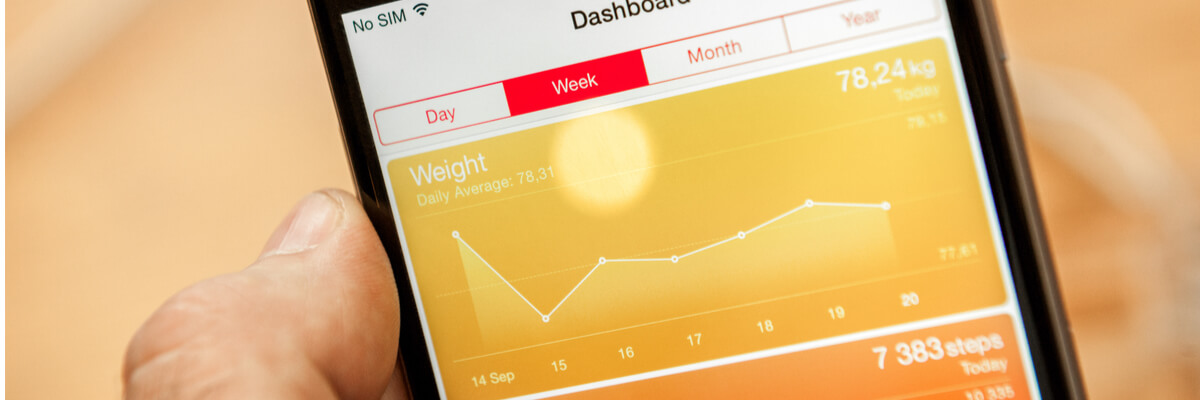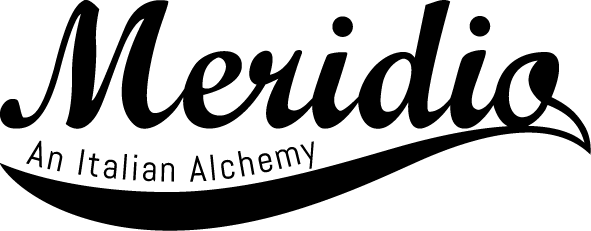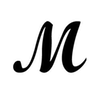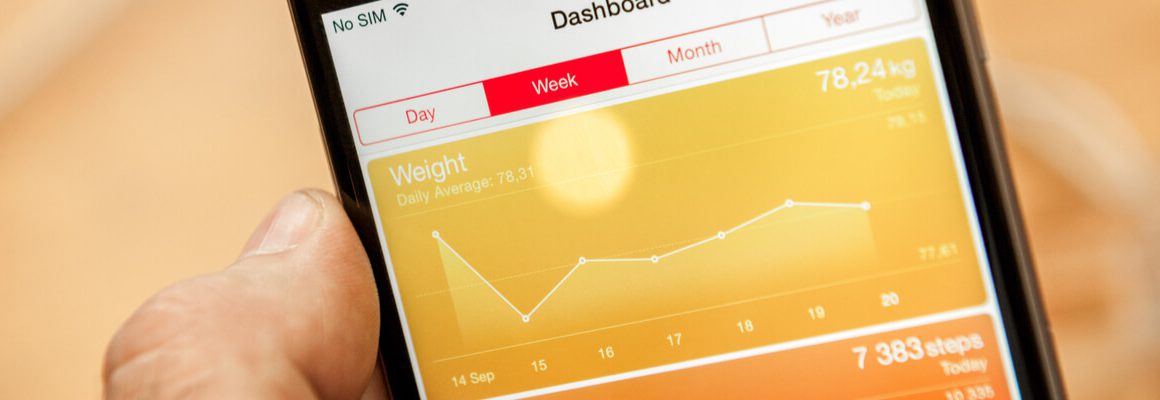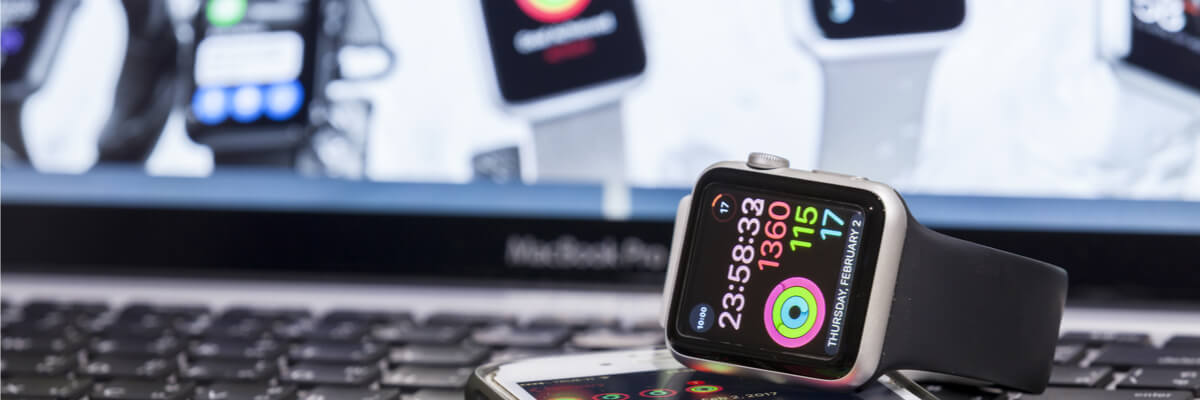Table of Contents
Apple health and the origins of Apple Watch
John Hancock’s proposal was arrived at the end of a long process supported by Apple to improve its wearable devices as health assistants for its customers. At the beginning of the story we have an idea a small idea but great if we figure out the consequences on technology and healthcare.
Many years ago Steve Jobs imagined, as John Birjan wrote in his article on Time, a technology able to guarantee a bridge between patients and healthcare providers, a wearable technology easy to monitor the functions of the human body and collect data in an organic and well organized system.
In Cupertino laboratories there are today seven full-time nurses who check employee volunteers with advanced medical equipment as they perform various exercises in controlled conditions. Apple is carrying on its programs about human health and medical technology integrated with wearable devices such as Apple Watch 3. HealthKit debuted in 2014, allowing developers to create new health monitoring softwares that integrates with Apple’s Health app. On the other hand Apple’s open source ResearchKit became available to developers in April 2015, enabling them to create their Apple’s health apps for medical research purposes.
What is Apple’ HealthKit?
HealthKit is a framework that allows people to check health data about themselves and interact with all their smart devices. It is a digital wearable hub to monitor your heart rate, for example, in order to improve your health through the right physical exercises and workouts. HealthKit allows also manufacturers of health devices and health apps, to access and share health data about you with each other and with Apple’s new Health app.
What is ResearchKit?
ResearchKit is an open-source software designed for medical and health research. The idea is really simple: doctors and scientists will use the software to frequently gather updated data from volunteers. Thanks to them researchers can collect important information in a global net: data about asthma, breast cancer, cardiovascular disease, diabetes, Parkinson’s, and more. Nobody is obligated to participate; the aim is to transform the iPhone into a tool for medical research.
What is Apple’s CareKit?
CareKit is very similar to Apple’s ResearchKit but it is a separated platform that allows people to create their own Apple’s health care apps. Many medical institutions have developed apps using CareKit software such as post-operation check lists that track patients symptoms and use an accelerometer to measure their range of motion (Texas Medical Center), or software the monitor patients with chronic health conditions in order to store data from home monitoring devices.
What about your health? Five Apple’s health apps to take care of it
- Lark: it’s a “personal weight loss coach” just on your wrist. If you are trying to lose weight, prevent diabetes or get fit. Lark is your answer: it tracks your your exercise, sleep, and diet. It also text about your progress, giving you advice to increase your motivation.
- Activity: an Apple’ health app that keeps you motivated by showing you how much you move. Activity gathers data from your Phone such as your steps and distance traveled — with metrics from third-party fitness apps. Then your Apple Watch automatically records these data to give you advice about your movements and your your all-day calorie burn.
- 8fit: eating healthy is part of your workout and this Apple’s health app can give you the right tips for an active lifestyle. 8fit gives you workouts to perform, and then provides a meal plan to increase your workout: different nutrition plans including vegan, paleo and more.
- Headspace: workouts are important but to reduce stress we have to take care of your mind too. This app will allow Apple Watch users to choose among a wide range of meditative exercises. One example? You can place your fingers on your Apple Watch for 390 seconds to take your mind off.
- S+. It’s part of the S+ system from medical device company ResMed. In total, the platform includes a non-contact, cellular-enabled device that uses a motion sensor to detect respiration and movement without touching the body. An app that integrates a cloud-based analytics engine.
